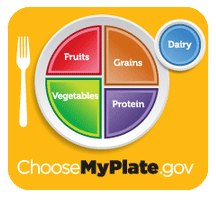A person who keeps or farms bees is a beekeeper. They are also called honey farmers – especially if their main purpose of keeping bees is to sell honey – apiculturists, or apiarists. A bee yard is technically called an apiary, which is where the terms apiarist and apriculturist comes from.

Production
There are three types of beekeepers, based on how many hives they have and what they use their hives for.
- Backyard beekeepers – Most people are backyard beekeepers – they only have a few hives in their backyard or property. They usually keep bees for fun, to pollinate their garden, because they enjoy helping nature and the environment, or use the product honey bees make for themselves. These beekeeper will get honey from their bees, but not quite enough to sell other than at a farmer’s market. They usually gather honey for themselves or to give to friends and family.
- Sideline beekeeper – Someone that has several hives, but usually less than 100 is considered a sideline beekeeper. Sideliners have regular jobs, but use their bees as an additional source of income. They may sell honey, wax, pollen, or mead. They may also rent their bees to farmers for a cost. Those bees help pollinate the farmer’s crops. Another way a sideliner might make a profit from bees is by selling hives to other beekeepers. During spring when the bee hives are starting to grow, beekeepers can split their hives and make two hives from one large hive.
- Commercial beekeepers – These beekeepers have 100’s to 1000’s of hives! Their full-time job is beekeeping. A commercial beekeeper could do a number of things with their bees. Many lease their bees for pollination and will travel all over the United States to take 100’s of hives to crops. Cotton, almonds, citrus, and watermelons are just a few examples of crops that require bees for pollinating. The more they are pollinated, the more fruit and veggies are produced and the happier the farmer. Have you ever seen a trailer full of bee hives driving down the highway?
Commercial beekeepers may also use their bees for honey, wax, or pollen production. They could also sell hives every year. Some even breed their own queens and sell them to other beekeepers.
A commercial beekeeper usually has employees to help them care for their bees. It could take weeks to check on 100 hives, imagine how long the days would be for 1000 hives!
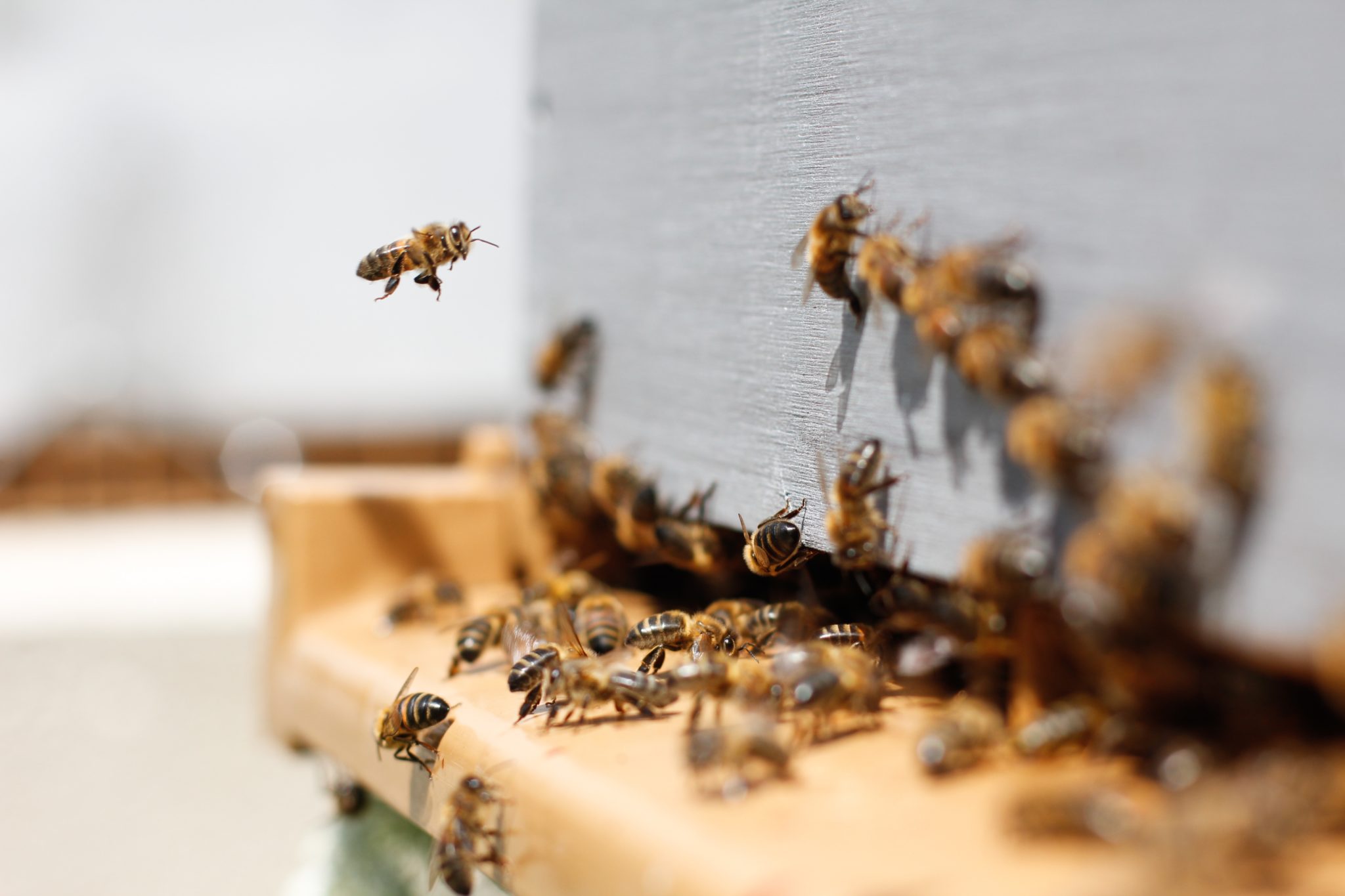
Types of Bees
There are three types of bees inside a honey bee hive. A queen, workers, and drones.
- Queen – There is always only one queen in a hive and she is the absolute most important part of the hive.
- The queen is the largest bee, with a long abdomen.
- The queen is responsible for laying eggs, but beyond that, she does much more.
- Worker bees “smell” pheromones from the queen with their antennae. Different pheromones may tell the workers when it’s time to start foraging for food. She’ll do this especially when she detects spring is around the corner and she knows she’ll be laying many eggs that will hatch into larvae and need to be fed nectar and pollen.
- A queen will only mate one time with several drones (male honey bees) and then she never leaves her nest again, unless she needs a larger home.
- Queens never forage for food, clean, or do any construction. They are cared for completely by the workers.
- Many beekeepers will remove their queens and “requeen” their colony after the queen is 1-2 years old. If the queen dies and the workers cannot raise a new queen, the colony will not survive.
- Drones – Drones are the only male honey bees in a hive.
- They are wide-bodied and have huge eyes.
- Drones are important for mating with queens outside their hive, to produce more hives.
- In winter, any surviving drones will be killed off by the worker because they would eat too much food and the colony may starve.
- Workers – All workers are females. Workers make up the majority of the colony and have very important jobs. The younger the worker, the closer they stay to the center of the nest. As they age, their jobs will allow them to move further from the middle and eventually be able to leave the hive.
- Housekeepers – These are the youngest worker bees. As soon as a honey bee emerges from the pupa stage, its job is to clean its cell to make it ready for another egg to be laid. Worker bees are housekeepers for the first 1-2 days of their adult life.
- Nurse bees – At 3-11 days old, a worker bee is called a nurse bee. She takes care of the queen and larva, feeding and bringing them water.
- Advanced nurse bees – Sometimes the queen has died or left the colony, leaving behind half her hive to raise a new queen. If this happens, nurse Bees that are 6-11 days old will take the role of advanced nurse bees. These bees are able to produce royal jelly, which is produced from a gland in the advanced nurse bee’s head. Other worker and drone larva also get fed royal jelly, but they are not fed royal jelly as long as queens.
- Construction Workers – When workers are at least 12 days old, their bodies are able to make wax. Wax is used to build the honey bee’s home. Construction workers produce wax from glands on the underside of their abdomen. Wax is molded into cells. Cells are always hexagon shaped and identical in size. These cells can be used to store honey, pollen, water, or where the queen lays her eggs.
- Guard Bees – These bees are 17-20 days old and stand at the entrance of the hive to protect it. They asses whether a honey bee is a member of the hive or another hive and sting other invaders such as wild animals and humans. When you disturb a nest, guards are the bees that will leave the nest first to sting you.
- Foragers – At 21 days until the end of its life, a worker bee has the important job of collecting food for the colony. Foragers gather pollen, nectar, and water for their hive. When a forager finds a great nectar or pollen source, they will come back to the hive and perform a dance. A round dance tells the colony that food is less than 100 meters away. The bee not only smells like the flowers it has visited, but it has also left its’ scent behind on the flower, which helps the other bees find it. If the food is greater than 100 meters away, they perform a Waggle Dance, which is a figure 8 shape with a waggle in the middle. The direction of the waggle tells the bees which direction the food is.
- Worker bees can live 4-6 weeks as adults, but in the winter time, their life expectancy may increase.
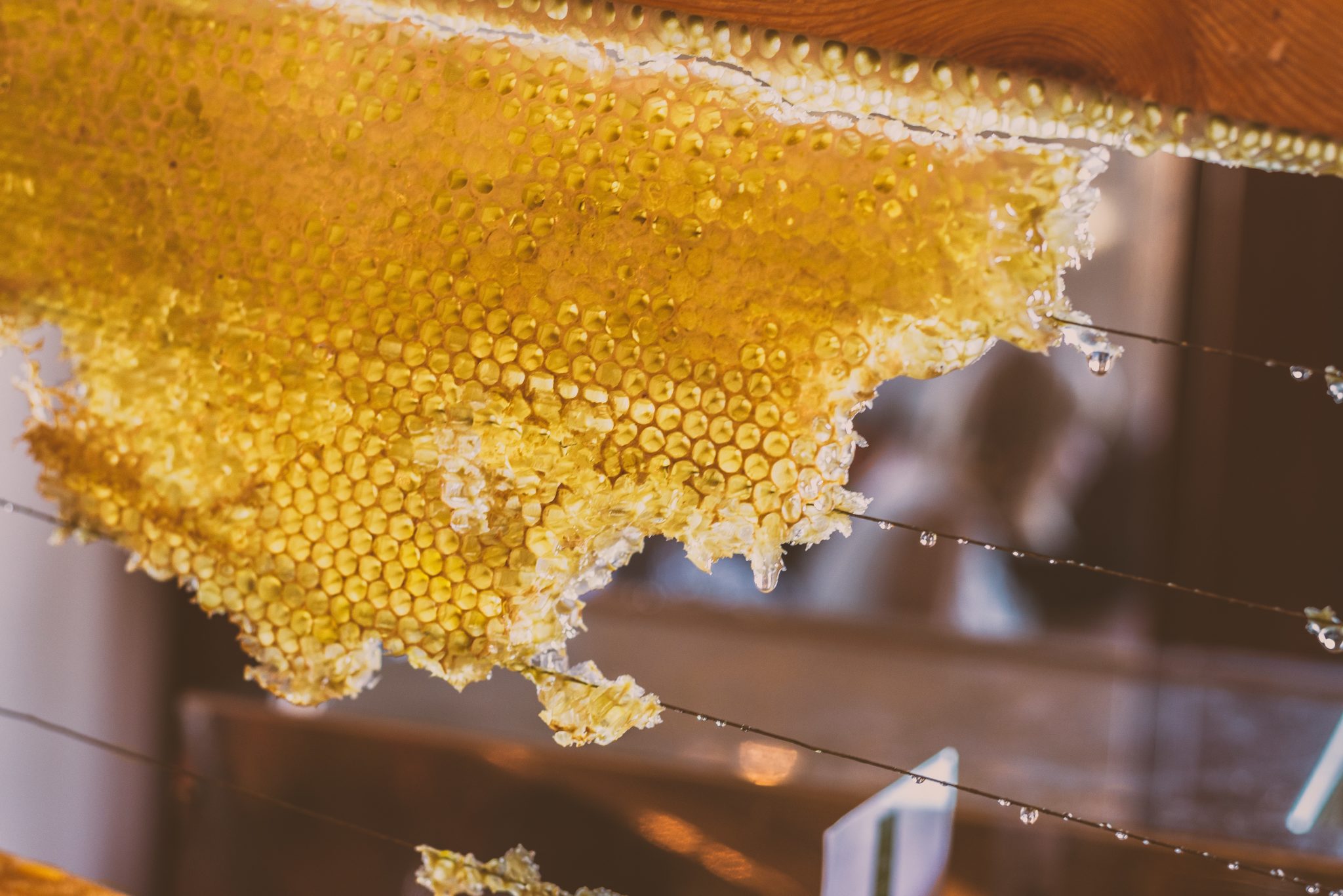
Products of Honey Bees
The most important thing a honey bee does for humans is pollinate. But lucky for us, honey bees also make honey, wax and other products that we can use for human use. Honey bees are the only insect that makes food for humans.
Honey bees gather nectar from flowers, which is a sweet substance that flowers produce. They drink up nectar in a special organ called a honey stomach. Back at the hive, they regurgitate the nectar and place it into cells. The enzymes from their honey stomach help turn the nectar into honey. When enough water is evaporated off the nectar, it turns thick and sticky and becomes the honey we eat.
Honey bees pack pollen in special spots on their legs called honey baskets. Beekeepers can harvest the pollen that bees pick up and bring back to the nest by using special combs at the entrance of the hive. The combs gently scrape the pollen off the bee as it enters the hive and it is collected in a little tray.
Honey bees do sting, but because they will die when they stink, they only sting if there is a good reason. Scientists have learned that honey bee venom can be very helpful in alleviating arthritis. Beekeepers always say that they don’t have arthritis in their hands and thank the bees for stinging them! People who are very allergic to honey bees are given shots of bee venom to desensitize themselves so that they don’t have to use an EpiPen if they are stung.
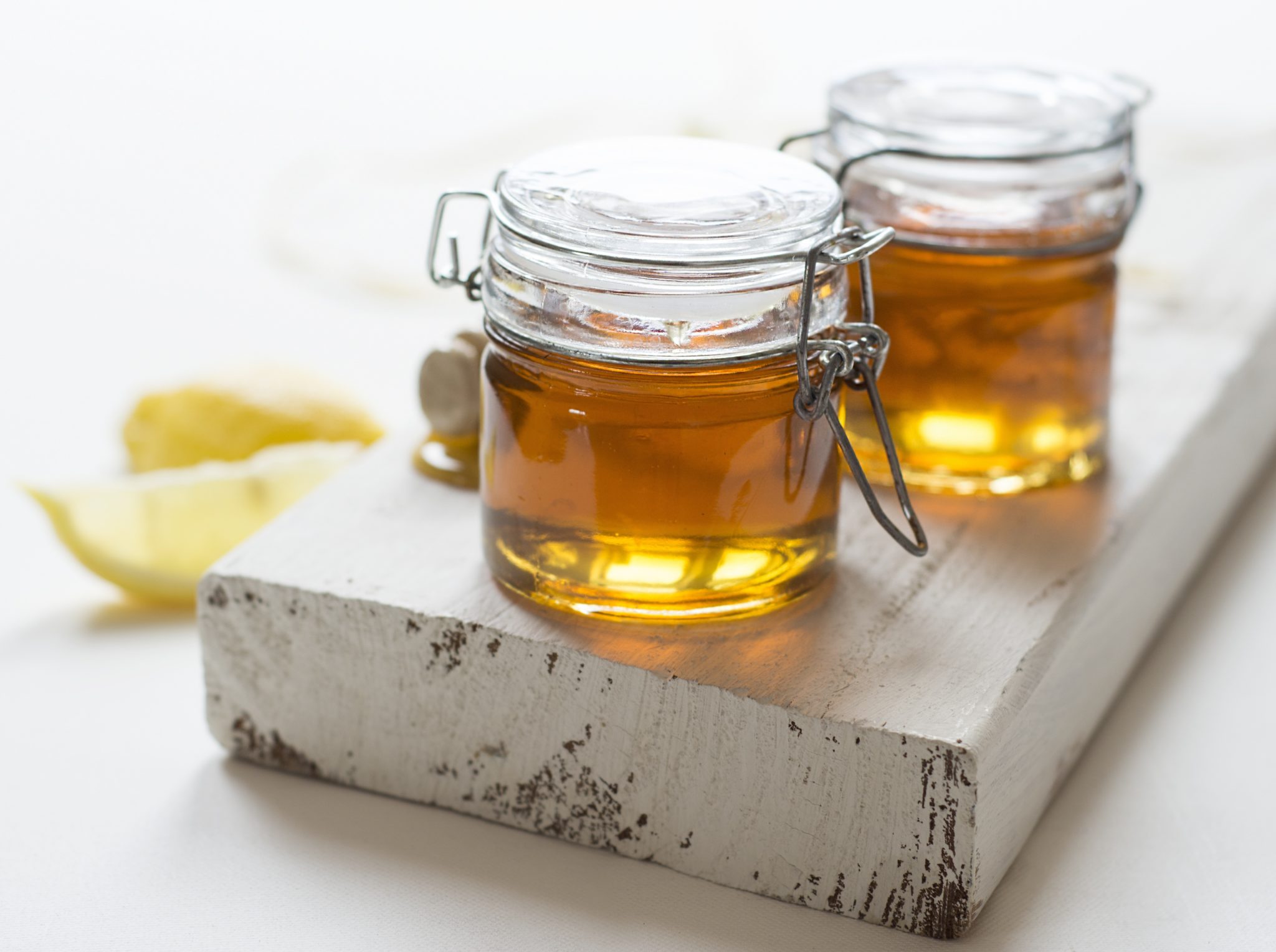
By-Products of Honey Bees

Honey is used as a sweetener for many things. Some people put it on biscuits, to sweeten tea or lemonade, on oatmeal – wherever you want! Some people like to eat a tablespoon of honey a day to help with their allergies because honey does contain small amounts of pollen.
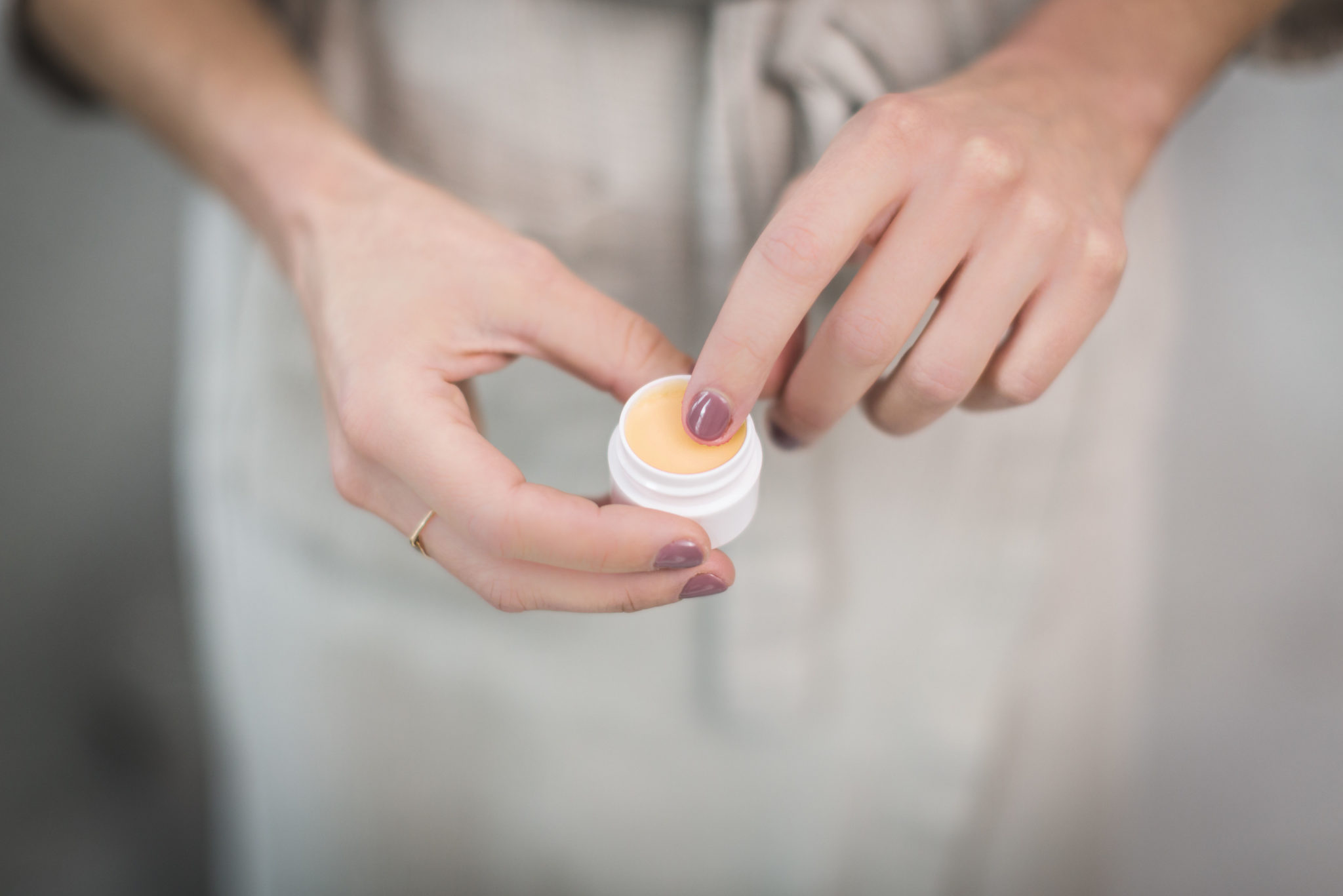
Honey bees build their homes from wax and we use beeswax to make a variety of products – candles, makeup, and whatever else you might need wax for.

The cells that store honey are called honeycomb. Honeycomb is edible to humans and considered a delicacy to some. Some believe it is beneficial for digestive health. Honeycomb is chewy and doesn’t ever dissolve in your mouth as the honey does.
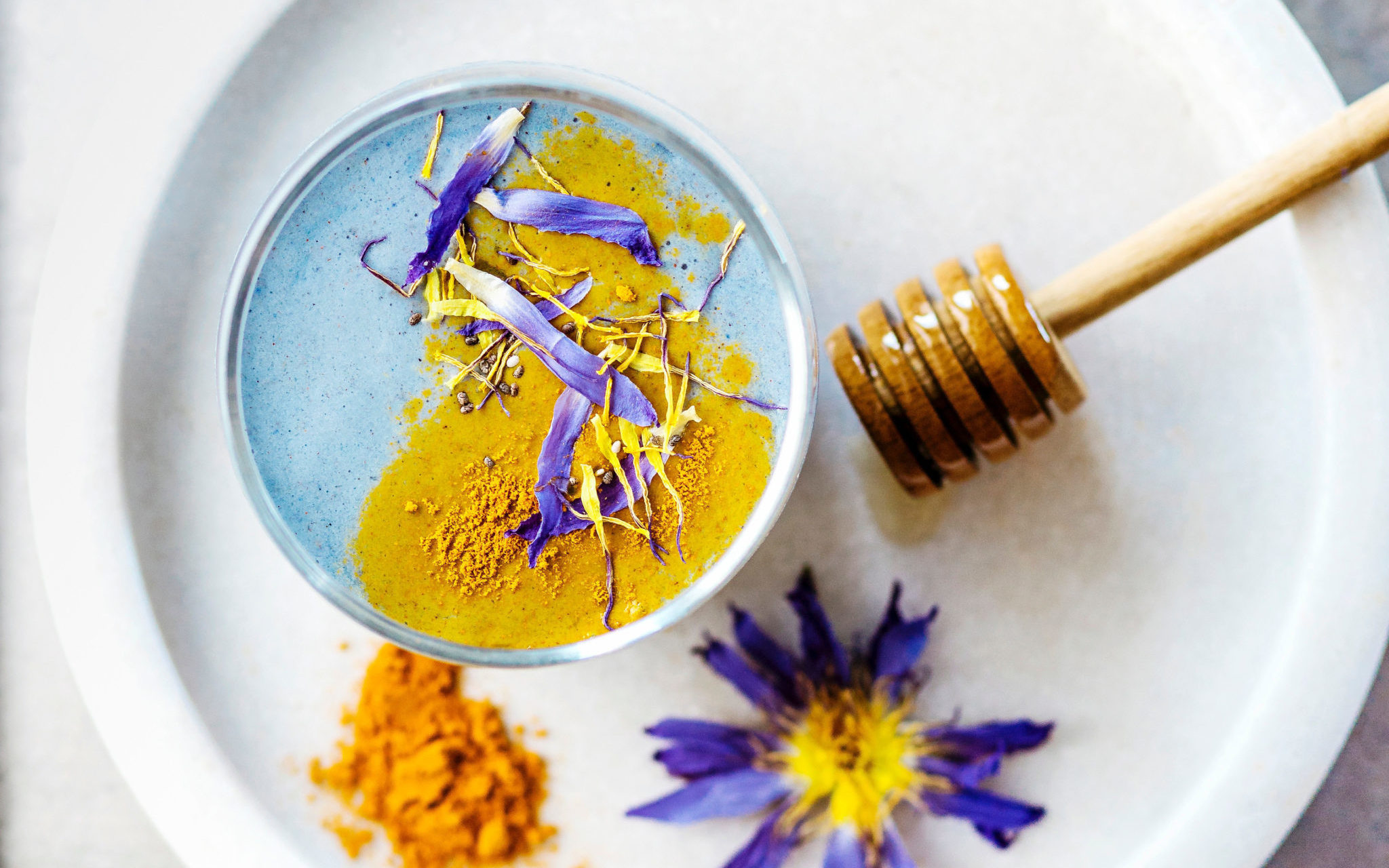
Honey bees also need pollen to feed to their queen and larvae. Pollen is the protein for the bees and the queen needs it to lay eggs. Some people like to use the pollen to eat, to flavor food, or to help with their allergies.

Health and Nutrition
When compared to sugar, honey is a better sweetener.
- Honey is still high in calories and sugar, but it contains some things that sugar alone does not. The nutrients come from the nectar the honeybees pick up to produce honey.
- Honey also has antimicrobial and anti-fungal properties to it because of the enzymes from the bee. Honey rarely goes “bad” because of those properties and because of its low water and high sugar content. If you mix honey with water and don’t refrigerate it, the honey will grow mold.
- Over time, Texas honey may crystallize. This does not mean the honey has gone bad, it only means that the water in honey contains more sugar than it should naturally hold. All you have to do is place honey in a warm water bath to de-crystallize it.
- Honey may be one of the only foods that can last nearly forever. Honey has even been found in Egyptian’s tombs and still been edible!
